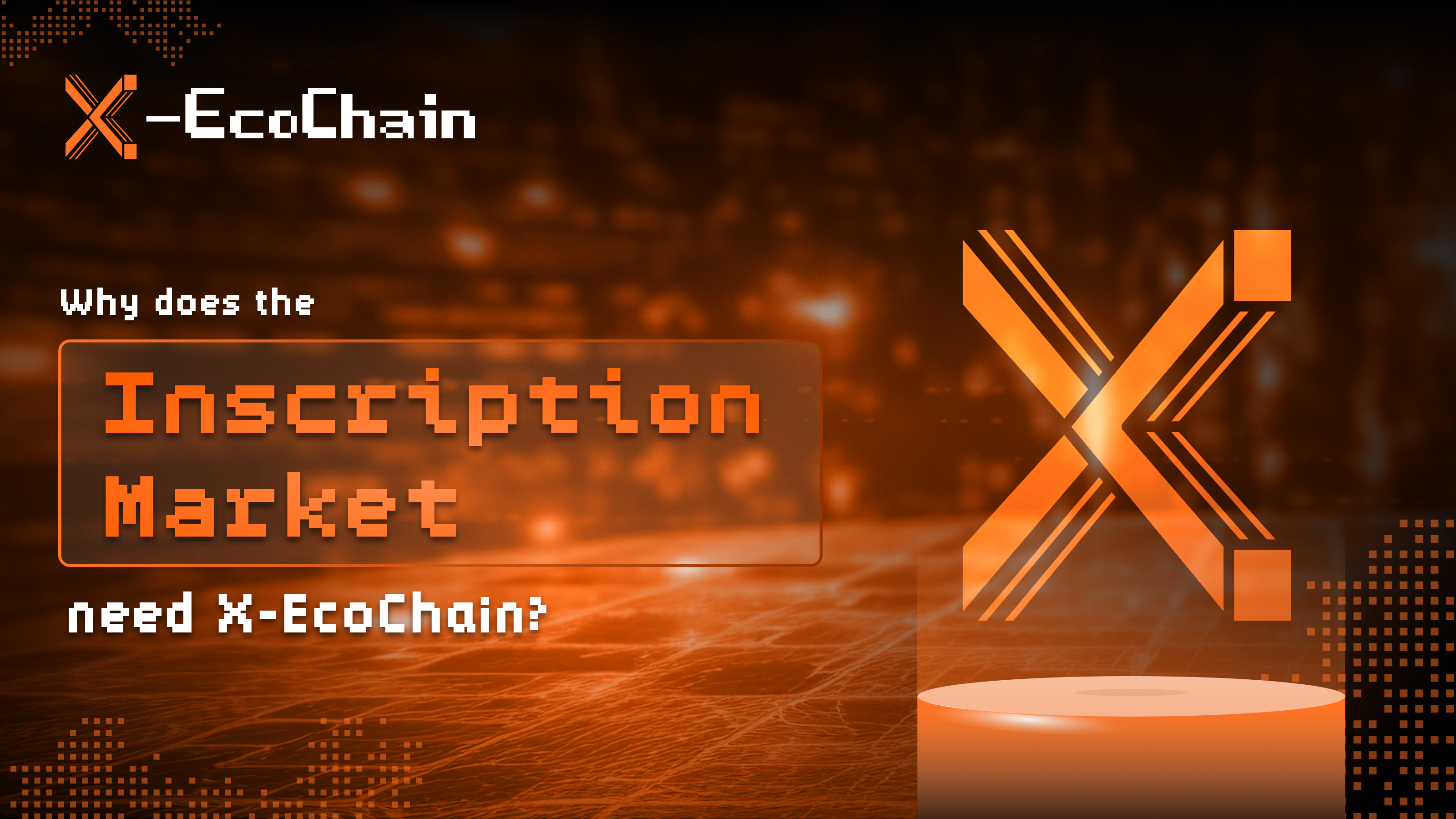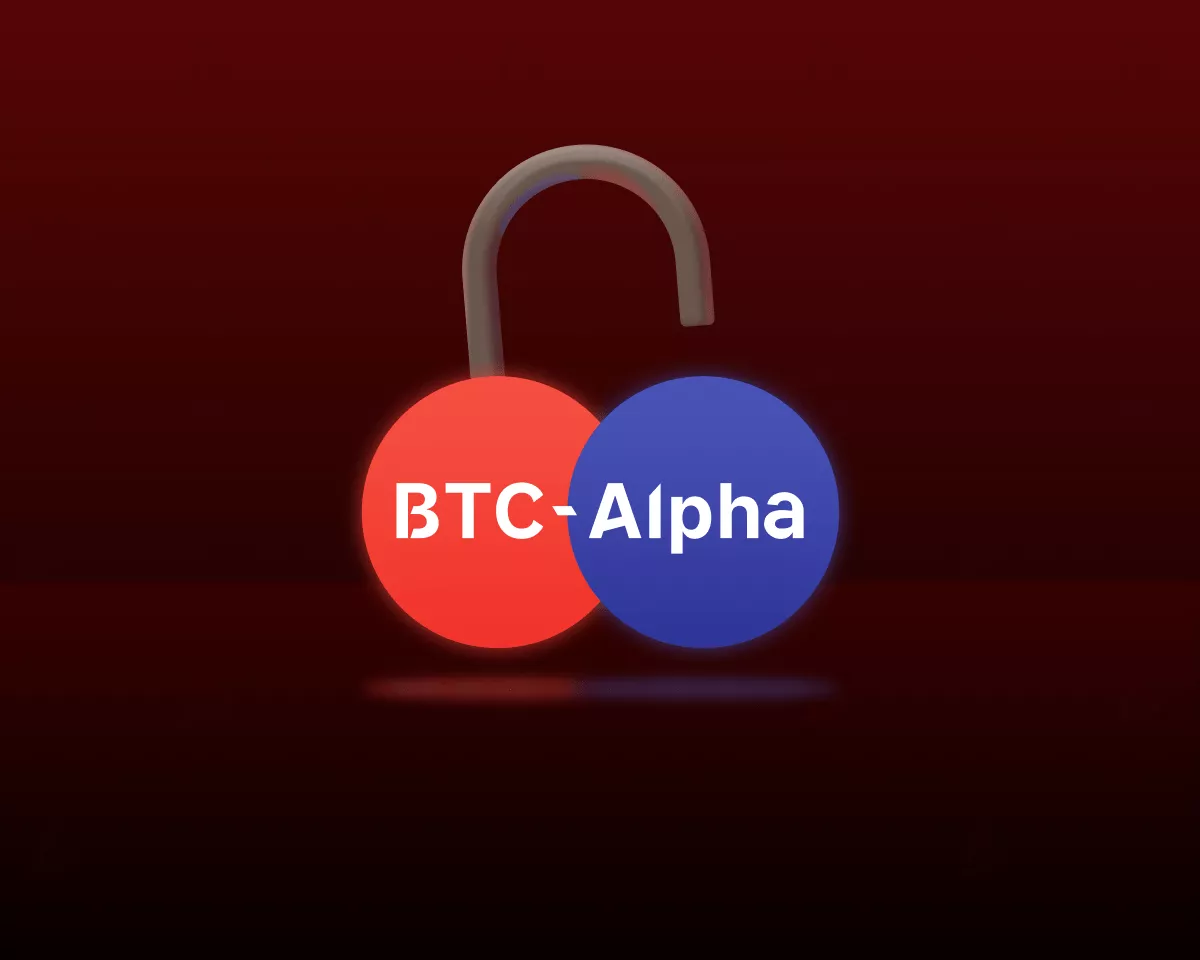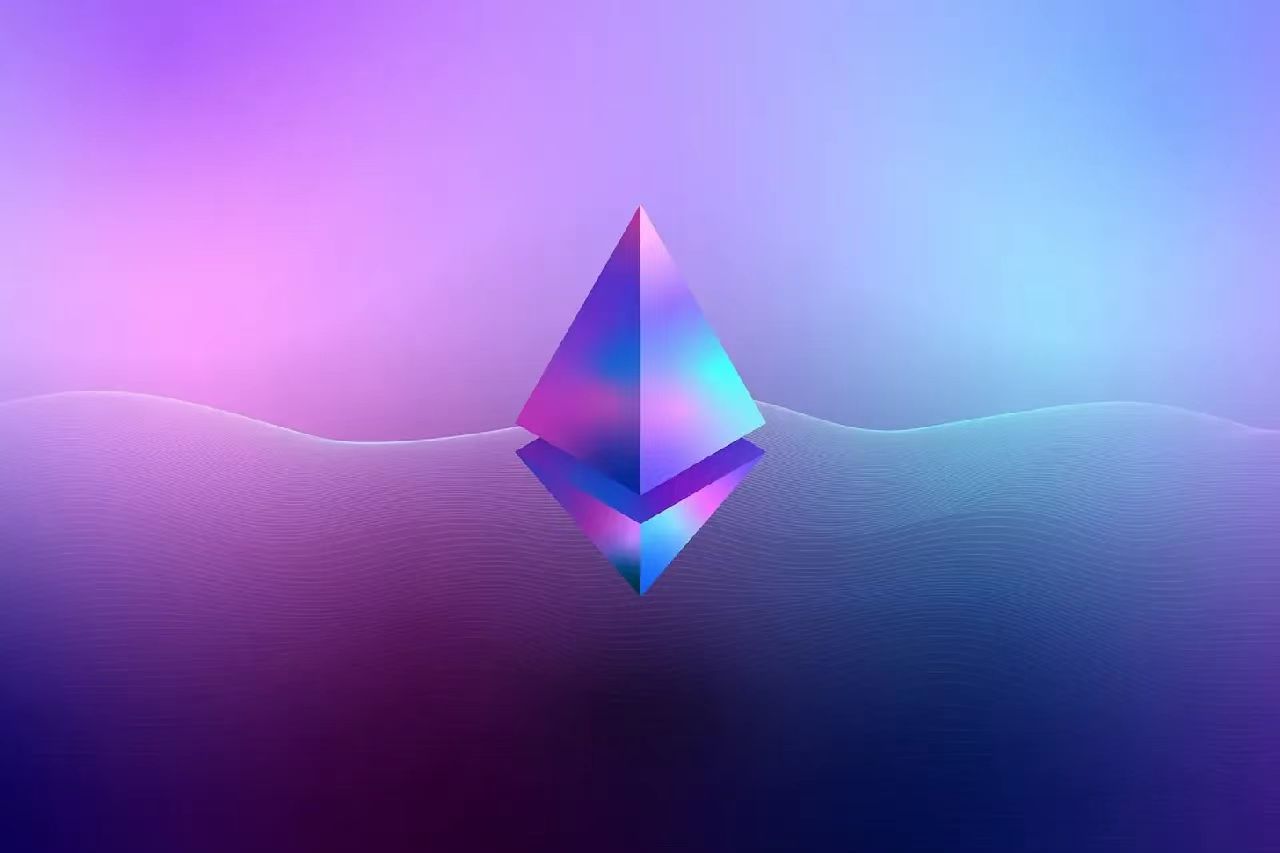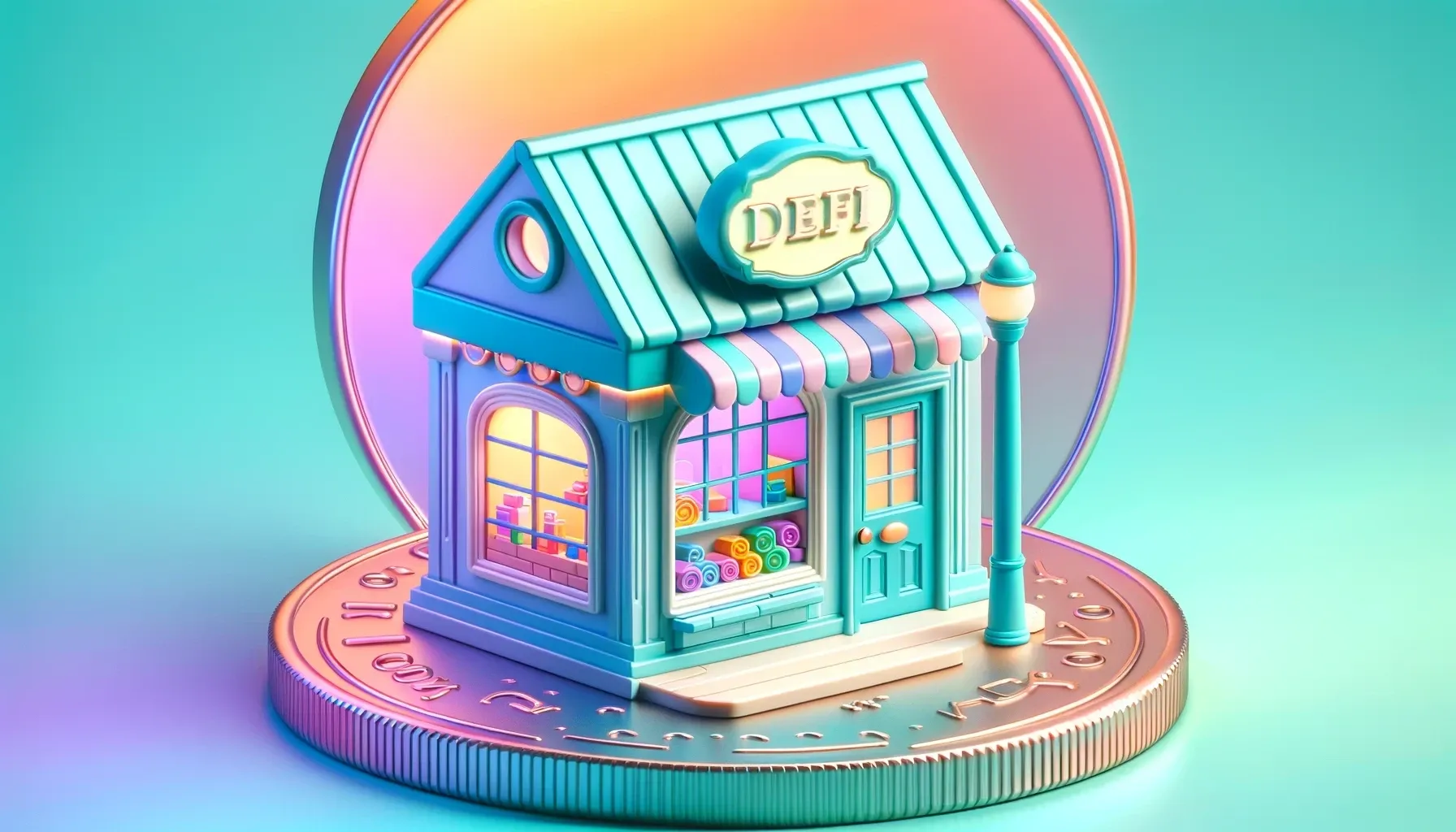After the introduction of the Ordinals protocol on the Bitcoin network, the non-Turing complete Bitcoin chain also gained the ability to issue assets, and inscription, this alternative form of assets, gained popularity in the market.
On the bright side, the inscription wave further propelled the innovation and iteration of Bitcoin's ecosystem technology. Following the introduction of the Ordinals protocol to the market, a series of more innovative asset issuance schemes emerged, including TRAC Systems, Atomicals, ORC-CASH, Bitmap, BRC-100, BRC-420, Runes, Pipe, Taproot Assets, and others, continuously revitalizing the inscription field.
Of course, on-chain transaction costs have also risen with the increase in on-chain activity. At the peak of Bitcoin Layer1, the lowest confirmation Gas exceeded 800 s/vb, surpassing the highest Gas within three years.
In addition to the Bitcoin chain, the inscription craze is also spreading to various EVM-compatible chains. However, many inscription players believe that the experience of issuing inscription on EVM-compatible chains will be superior to that on the Bitcoin chain. But the reality is the opposite of expectations, with the issuance of inscription on EVM-compatible chains being criticized as "a technological regression."
"Doing the opposite" - is issuing inscription on EVM-compatible chains really a technological regression?
Issuing inscription on EVM-compatible chains may not be a wise move, as these ecosystems have become congested due to inscription.
According to data from The Block, during December 13th to 18th, on-chain inscription minting and transfers on Avalanche consumed a staggering $13.8 million worth of Gas fees, processing over 61 million inscription-related transactions. During the same period, Polygon processed 161 million transactions. However, Gas fees on the Avalanche network soared to an average of 5494 Gas ($41), more than 200 times the normal level of 25 Gas, while Polygon's on-chain Gas fees also reached 1700 gwei. Additionally, networks like Arbitrum, Tron, zkSync, etc., experienced crashes in December last year due to inscription.
In fact, EVM-compatible chains already have mature asset issuance solutions, making inscription for the sake of inscription somewhat redundant. From a technical perspective, issuing assets in a manner similar to Ordinals on EVM-compatible chains will significantly increase the network's burden. For the EVM, it is not designed for inscription. The account-based model design principles of the EVM are different from UTXO. Previously, Twitter KOL @0xCygaar explained this in a thread, stating:
On EVM chains, inscription is recorded in the call_data of transactions in JSON format, rather than being etched onto various SATs as in UTXO chains. This means that inscription assets on these EVM chains are not in smart contracts, which also means that all related logic needs to be processed off-chain, creating a heavy dependency on off-chain indexers. This leads to fragmentation of such inscription and a need to trust the indexers, with virtually zero composability (unlike NFTs, which can be composed through smart contracts).
Similarly, this method of issuing inscription will further contribute to network congestion on EVM chains, causing a surge in Gas fees for inscription-related transactions and making block space for other applications even more unpredictable. This redundant approach seems more like a technological regression.
Meanwhile, inscription on EVM chains lacks legitimacy compared to inscription based on SATs on UTXO chains, especially as it is not recognized by the Bitcoin community and some purists. Therefore, for the field of inscription, inscription on UTXO chains is the most legitimate and indispensable. In fact, the majority of chains currently are EVM-compatible chains, especially some BTC Layer2 solutions. Chains solely based on UTXO lack good scalability and interoperability.
In this context, X-EcoChain, which is both EVM-compatible and possesses UTXO characteristics, is emerging as a frontrunner. It not only has the potential to drive the inscription track towards a new paradigm but also maintains legitimacy.
X-EcoChain: A Key Infrastructure Driving the Inscription Market Towards the Next Stage
X-EcoChain is a Bitcoin Layer2 solution characterized by its use of sidechains. Its aim is to enable the value transformation of assets within the Bitcoin network ecosystem, providing users with a secure, efficient, and scalable environment for the profitable circulation of Web3 assets.
The distinguishing feature of this solution lies in its ability to utilize a series of technological schemes, including the LeapLayer Protocol and UTXO Morpher, to allow BTC ecosystem assets to be represented in X-EcoChain's chain as UTXOs, thereby possessing asset rights equivalent to native chain assets while retaining the security, speed, and reliability of native chain assets.
In fact, from the perspective of UTXOs, they help prevent double-spending attacks, enhance system security and privacy protection. However, this model becomes increasingly complex as transactions increase, data storage becomes burdensome, and compatibility with smart contracts becomes challenging. Conversely, blockchain systems like Ethereum use an account model to record balances, handling transfer transactions through simple addition and subtraction, which is more efficient and compatible with smart contracts. However, as mentioned earlier, this model is not suitable for the field of inscription.
The solution of X-EcoChain combines the advantages of the UTXO model and the EVM-compatible account model, while maintaining compatibility with smart contracts. Through the LeapLayer Protocol, it converts BTC and other ecosystem assets from contract assets to underlying native assets. In this way, it fully integrates assets into its own system and establishes mechanisms such as staking mining and gas consumption. Additionally, this protocol also supports the conversion of underlying UTXO-type assets back into contract assets.
X-EcoChain provides a virtual machine compatible with Ethereum's Virtual Machine (EVM) to implement smart contract functionality. This means that users can write and deploy smart contracts using blockchain-based Solidity language, making it developer-friendly. Meanwhile, through coordination with the underlying protocol, contracts can interact with BTC ecosystem assets. Transactions and usage are conducted using the UTXO mechanism and vice versa. This design not only allows one account to manage multiple native chain assets without a quantity limit, but more importantly, X-EcoChain is currently the only blockchain facility that is both EVM-compatible and supports the UTXO model.
Therefore, for the X-EcoChain network, its natural compatibility with the field of inscription implies that not only BRC20 but also various inscription asset issuance schemes such as TRAC Systems, Atomicals, ORC-CASH, Bitmap, BRC-100, BRC-420, Runes, Pipe, Taproot Assets, etc., are expected to be directly replicated on the X-EcoChain UTXO chain. It also supports codeless custom assets and tokens, providing creators with more block space and lower fees, with TPS above 1,000.
Currently, X-EcoChain is also enhancing its underlying UTXO layer, releasing upgrades for custom asset code to be compatible with BRC-20 JSON data, as well as introducing a network-based token engraver and marketplace for users to mint and trade fragments, along with new browser wallets for easy interaction with these new tools. From a technical perspective, the inscription system built on the X-EcoChain UTXO chain is undeniably legitimate and aligns with the ideology of purists.
The native UTXO chain provided by X-EcoChain not only offers highly adaptable memo fields and low network fees but also brings privacy features through zk schemes on UTXOs. This is not only a feature lacking in most mainstream chains but also a consistent advantage of X-EcoChain from start to finish.
Being compatible with an extensible EVM directly establishes use cases for inscription assets.
In the Bitcoin ecosystem, inscription assets face challenges in establishing liquidity effectively and expanding deeply in terms of composability and programmability. On the other hand, the Bitcoin ecosystem itself lacks interoperability with other ecosystems, making it difficult for inscription assets to capture value in other ecosystems. Therefore, we see that the majority of inscription assets fade out of the market after the short-lived hype due to the lack of sustained narrative capability. In the X-EcoChain system, there is hope to address the aforementioned issues faced by inscription assets in a native manner.
X-EcoChain is a multi-layered architecture, consisting of not only the UTXO layer but also an EVM layer, which is expected to form a comprehensive DeFi ecosystem. Its UTXO layer and EVM layer can achieve high interoperability based on the LeapLayer protocol and UTXO Morpher, which also facilitates the continuous construction of new native narratives for inscription assets in capturing liquidity externally, such as in DeFi, GameFi, and even SocialFi. The X-EcoChain EVM layer also maintains good interoperability with other EVM-compatible chains, which means that the value capture pool for inscription assets in the X-EcoChain ecosystem is not limited to X-EcoChain itself.
On the other hand, X-EcoChain itself has the ability to align with traditional finance by defining a programmable standard interface for financial assets, making it compatible with a variety of financial assets, such as from Class A shares to real estate investments, deepening into the RWA field. This may also be one of the directions in which it empowers inscription assets. Therefore, for the X-EcoChain inscription system, it has the ability to further balance value capture capability and narrative capability without losing its legitimacy.
In summary, it has been proven that EVM-compatible chains are not suitable for issuing inscription assets using Ordinals-like schemes. Furthermore, the lack of scalability and interoperability for most UTXO chains makes it difficult for inscription to sustainably capture narratives. The X-EcoChain ecosystem, with its unique cryptographic technology advantages, is emerging as one of the best solutions for building an inscription system. By endowing inscription assets with a series of unique characteristics, X-EcoChain has the potential to drive the integration of the inscription market with various domains organically, paving the way for new narrative directions. This may indeed be the optimal solution for the long-term development of the inscription market.



















